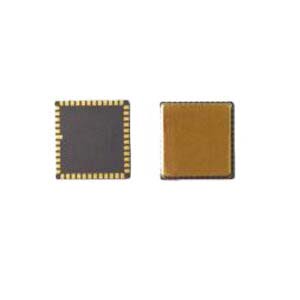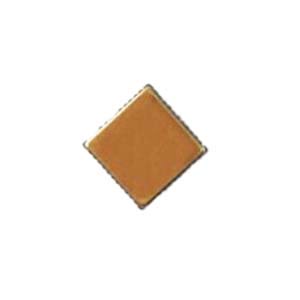The earliest gyroscope is based on Newton's classical mechanics principle, using the high-speed rotating gyroscope rotor to measure and calculate the rotation Angle rate of the moving carrier. After more than one hundred years of development, people have developed a variety of gyroscopes with different measuring accuracy based on different measuring principles. According to different measurement principles and inventions, the development of inertia technology is usually divided into four generations, and MEMS gyroscope is the representative of the third generation of gyroscopes.
The cheapest and most widely used MEMS gyroscopes use as few analog circuits as possible, and few digital ones.The output impedance of these gyroscopes is relatively high, and there is a large DC bias in the output signal.Thus the burden of reducing DC bias and increasing the impedance of the input circuit falls on the system designer.
The main application areas of MEMS gyroscope
Consumer electronics: MEMS gyroscopes are widely used in smartphones, tablets, game controllers and other devices to detect the direction and movement of the device. In a smartphone, for example, a gyroscope can detect the tilt, flip, and rotation of the phone to change the direction of the screen display or control the movement of a game.
Automotive safety systems: In a car's electronic stability program (ESP), gyroscopes are used to detect changes in direction and angular velocity of the car to help predict and prevent the car from rolling. In addition, it is used in air bag systems to help detect the direction and severity of an impact and thus decide when and how to deploy air bags.
Aerospace: Gyroscopes are a key component of inertial navigation systems for aircraft and spacecraft. They are used to measure and maintain the direction of the aircraft to ensure that it is flying along a predetermined course.
Industry and Research: In industrial automation and robotics, gyroscopes are used to provide precise motion control and navigation. In earthquake monitoring equipment, they can be used to detect tiny movements in the Earth's crust. At the same time, many scientific research fields also make use of the advantages of MEMS gyroscopes, such as physics, geology, biomedicine and other fields.
Sports Technology: In advanced sports training and technology, MEMS gyroscopes are used for athletes' motion analysis and training optimization. For example, a golf swing analyzer can measure the angular speed and path of the swing through a gyroscope to provide suggestions for improvement.
Virtual Reality and augmented Reality: MEMS gyroscopes are also widely used in virtual reality (VR) and augmented reality (AR) technologies to track the user's head and hand movements for a smooth, natural interactive experience.
Driverless systems: Both driverless cars and unmanned aircraft rely on MEMS gyroscopes to help determine their positioning and navigation. By sensing angular velocity in different coaxial directions, the unmanned system can understand its movement and rotation in space.
Today, MEMS gyroscopes are used in a wide variety of consumer devices, such as image stabilization for digital cameras, hard disk protection for laptops and digital compasses.Gyroscopes are also used in the electronic stability control (ESC) system of automobile.With the development of industrial and consumer robots, gyroscopes are expected to play a big role in both markets and help meet the need for greater automation on the assembly line.In robots, gyroscopes will help automatic control systems to control the movement and balance of the robot's hands and feet.
More Technical Questions
1.Where are MEMS Gyroscopes Used?
2.How to select MEMS gyroscope?
3.ER-MG2-100 (0.02°/h) High Precision MEMS Gyroscope
4.How to Weld and Install High Performance MEMS Gyro
5.How to Distinguish MEMS Accelerometer and MEMS Gyroscope Correctly?
6.MEMS gyroscope VS FOG: What’s the difference between them?
Products in Article




.jpg)


